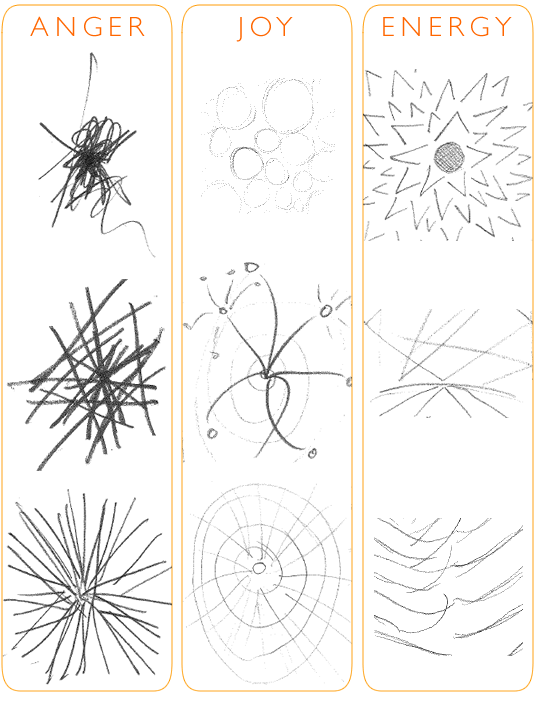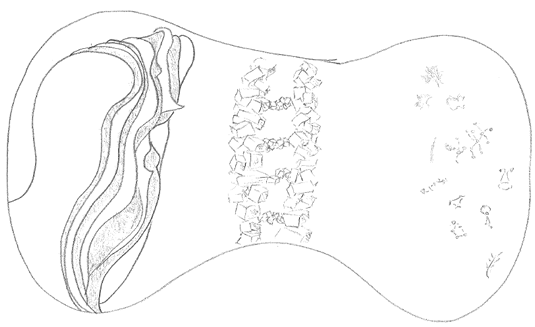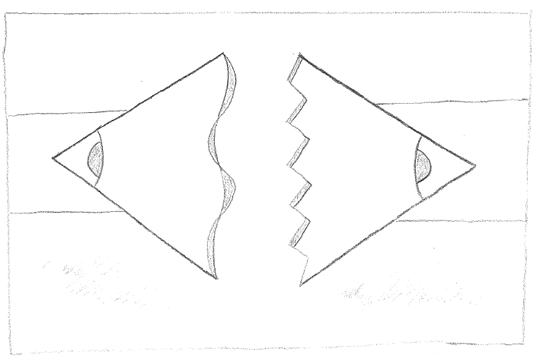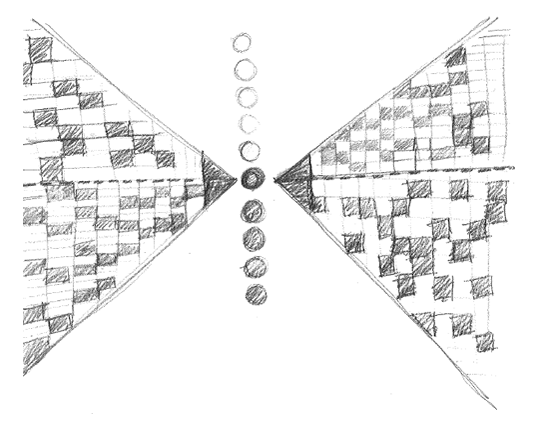As a designer who sketches daily as a fundamental part of my creative and problem solving activity I am still surprised how often sketching is discussed within the UX community – as if it’s a ‘new thing’ that one really should be doing.
But there are many routes that bring people into current ‘UX roles’ – and for some of these paths sketching may not come as naturally as it does to others.
Step away from the keyboard
Whilst Caplin haven’t resorted to the extreme methods employed at Redgate Software to get people sketching – we do however encourage it as a creative problem solving tool and not just something ‘those designers do!’.
So, this is how I came to be running a workshop at SPA2011…
SPA2011 sketching workshop v01.1
Yes! You can Sketch… in 10 easy exercices
This workshop moves through 10 exercises that take you from the most basic drawing of a line, through to using ‘analogue drawing‘ to think in, around, and through… problems.
I have included some of the outputs of the workshop below.
Outputs from Exercise No. 9 – Analogue Drawings of an emotion or experience
With these examples it’s interesting to see the similarity of abstract forms used by participants.

Outputs from Exercise No. 10 – Analogue drawings of a problem

This drawing depicted two teams. The original on the left and the new outsourced team on the right. The participant started by outlining the communication and quality issues and concluded on reflection that maybe the original team was ‘overbearing’ and inserted a barrier or wall that was hindering the new team that was enthusiastically trying hard to please without being given proper support.

This drawing depicted two incompatible APIs that the developer was working with. In conclusion the ‘gaping void’ in the middle was interpreted as the lack of communication between the teams.

This drawing depicted a participant’s product. On reflection he questioned what WAS the product and mentioned how knowledge was locked in ‘pockets’ within the teams.
Draw the problem – see the solution
With analog drawing the outcome is as much about interpreting the drawing and reaching (drawing) conclusions and deductions from it, as it is about the actual drawing.
As you can see from the analogue drawings above most show a clear break in the middle and have two opposing ‘sides’ that are not talking to each other.
The great thing is how (through interpretation) a solution can ’emerge’ by applying some abstract thinking around the problem.
Another neat trick with analogue drawing is to finish the drawing and then see what happens to the interpretation by turning the drawing upside down. For some reason this can sometimes make the solution just ‘pop out’ from the paper…
The SPA workshop was a while ago – so to bring this post up-to-date here are a couple of more recent related items.
OutSpiration from the Bauhaus
Caplin recently took an OutSpiration trip to the Bauhaus exhibition at the Barbican. Understanding the backdrop around the work from Wassily Kandinsky was a great inspiration.
Rafael Rocks the 2012 UXCamp London
Also at the recent UXCamp London Rafael produced an interactive presentation around how we use sketching as part of our UX professional services with customers.
🙂 Duncan
